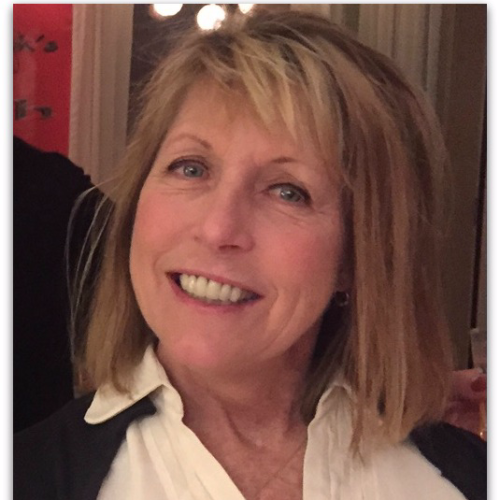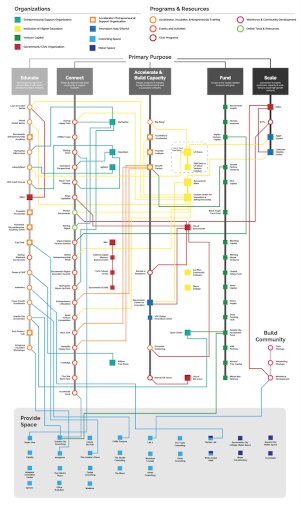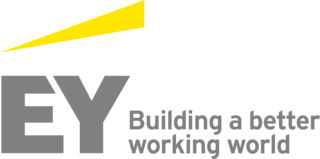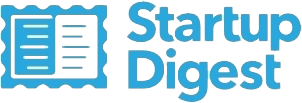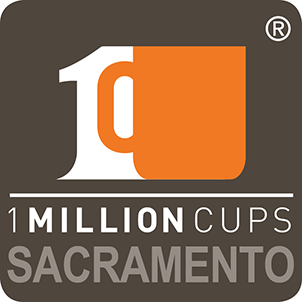Profiles of Sacramento area founders, funders, entrepreneurs, and other innovators
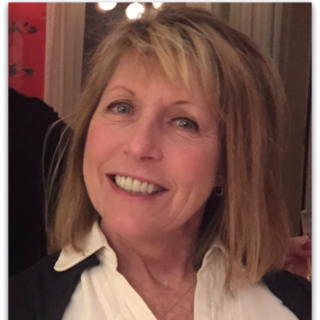
Cinde Dolphin, founder of Kili Medical Drain Carrier
Sacramento entrepreneur Cinde Dolphin is a Startup Weekend Sacramento veteran and the founder and patent owner of a Kili Medical Drain Carrier and creator of Kilimanjaro Carrier – two tools developed to support medical post-op patients and drive entrepreneurship in third-world countries.
Kili Medical Drain Carrier is designed to be a comfortable solution to surgical patients who must manage post-op drains. Kilimanjaro Carrier is a division of Kili Medical Drain Carrier that operates in Tanzania and Kenya. Kili Carriers employs women in small businesses to produce aprons that can hold medical drains or used for a variety of household tasks.
What was your 30 second pitch at Startup Weekend to describe your startup?
My pitch was compelling because I included facts. I researched and compiled data that made a very strong case for building a “better mousetrap.” Also, I’d personally experienced the dilemma that my idea was going to solve. I provided a brief description of the solution I was suggesting, and invited developers, marketers and tech experts to help me make it better. I think my opening line was something like; “More than 51,000 women will require a mastectomy this year. Almost all of them will be required to deal with wound care drains for at least three weeks during recovery. I believe I have a simple, comfortable solution that is superior to the current device – a safety pin.”
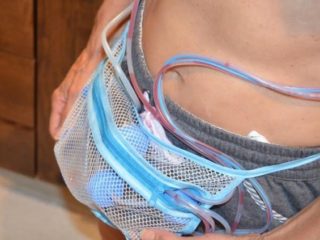 How did the idea come about?
How did the idea come about?
A wakeup call. An uncomfortable, unexpected wakeup call. I was roused from my anesthesia cloud gently, thanks to the Post Anesthesia Care Unit (PACU) nurse. But then found odd attachments – like octopus extensions with bulbs. I’d just had a lumpectomy procedure. Some excision had occurred. So then, what were these new additions? I didn’t count on gaining appendages. How did these new “hitchhikers” plan to travel with me?
A Jackson Pratt® (JP) drain is an awkward experience for any cancer patient. Just when life is swirling out of control, new issues arise around sleeping, bathing and regaining mobility.
So, I was handed safety pins. Four unique cancers, nine surgeries over 20 years, and each successive time I was handed safety pins to support my JP drains. When drains were pinned to my gown, I rolled onto them at night. Or, in some cases a nurse forgot they were attached and yanked the sutures when changing my gown. Taking showers meant gravity tugged my bulbs from the length of the tube.
Why wasn’t there a simple, comfortable way to allow individuals to return to “normal” lifestyles while sporting medical drains?
I wanted a solution. A way to support the suspended drains – heavy with mucus and blood clots – that didn’t aggravate my wound area. My plastic surgeon suggested a Home Depot canvas apron, and it received rave reviews from the UC Davis Medical Center nursing team. In fact, the Intensive Care Unit crew applauded the apron pockets since it meant not spending valuable time searching for my drains in order to clear fluids. Also, it permitted me to sleep through the night – even when it was necessary for them to check drain fluid levels in the wee hours.
But the canvas construction was stiff and certainly wouldn’t work for bathing. The dilemma took me to a Dollar Store. As a fan of Dollar Stores, I’ve often found undiscovered gems. Such as, right next to the sewing notions, “fine lingerie washing bags.” Soft mesh bags with a zipper closure. My nephew is a talented seamstress. He’s fabricated car interiors, soft pillows for kids and now he was going to produce drain carriers for patients. We trimmed the lingerie bags to a more convenient size. I purchased double-fold bias tape at the fabric store. We tested a couple of different models, and arrived at a prototype about 11 inches long and 7 inches high. Bias tape was stitched along the upper edge and left with 18 inch extensions on each side for waist ties and the Kili Medical Drain Carrier was born.
How did you validate that your solution was viable?
I laundered the bags, and offered to provide them free to patients of UC Davis Medical Center’s plastic surgery office.
Almost immediately, patient feedback was very positive. “I did not take it off for the whole time I had the drains. We showered, lounged, walked, and slept together,” said Suzi from Folsom, Calif.. “It was so easy to wash in the shower, allowing me to also wash the drains. It was a great gift and blessing at a very difficult time. Thank you so much!”
Over the next couple of months, the carrier was improved. I found a vendor who met my very specifications and individually contained each one using secured cellophane bags. The UC Davis Med Center PACU Nurse Manager ordered 100 carriers and they were issued after each procedure that included a drain. His medical team said carriers helped them do their jobs – allowing them to see drains easily and keeping them organized around the patient’s torso area.
A key development was when I participated in Startup Weekend – Women’s Edition. A team of individuals I’d never met before collaborated to design an infrastructure for my business. They helped me to identify and prioritize target audiences. Together we asked the public if they’d buy the product. The validation process absolutely confirmed there was a need. Due to an intense and valuable discovery process, issues were raised that hadn’t even been considered before. Yet, in 54 hours, I’d put my business in a position to be launched within a month as a medical device supplier. As a bonus, some attendees offered to provide pro bono services to support the product introduction.
What were some key lessons-learned in getting from the idea to where you are now.
Specific to the Startup Weekend experience? You never know who might have invaluable insight. Initially I thought I’d nailed the prototype, yet others weighed in and then I discovered so much still had to be worked out. My plans for inventory lead time and pricing structures for bulk orders had to be scrubbed after key deficiencies were brought to my attention.
Another lesson I learned was to avoid getting mired in small details. When our team started debating things that wouldn’t be a part of the final presentation, we learned to take a break. A walk around the block, or a call home to check on the family helped us to refocus and determine the most critical points to communicate.
Do you have any words of advice, inspiration, or encouragement for someone out there who has an idea?
First of all, be realistic. Second, dream big. Start by calling it a project – then it’s less daunting than calling it a new business. As pieces start falling into place, you can begin the process of funding, borrowing and employing — then you have a business. Start thinking about scalability and exit strategies. Then ask yourself “what will be my next big idea?”
Any new and exciting developments about Kili Medical Drain Carrier that you’d like to share?
Of course! Soon I’ll be a featured business on the Small Business Development Center (SBDC) website and will be included in one of their upcoming publications. In addition, I’m excited to report I just finished paperwork to be approved vendor for The University of Chicago Medical Center.
See more profiles and interviews of Sacramento startup founders.

